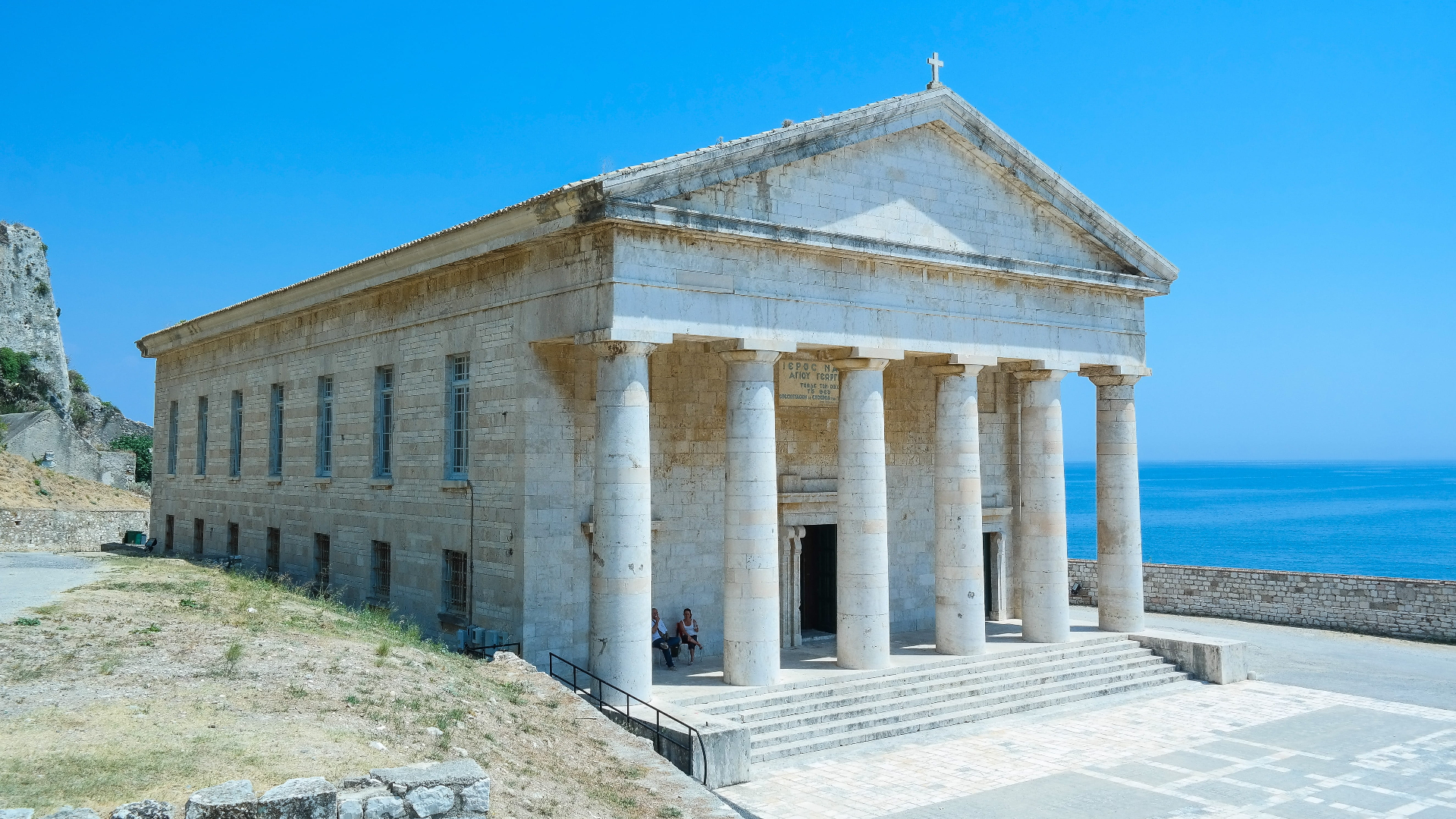
Say, you have five minutes to pitch your ERC Starting Grant. How do you explain the details of your research setup and methodology? My advice: don’t. Instead, use the why-what-how-bridge template to say just enough.
‘Why would I listen to you?’ Answering that question is the first thing a pitch should do. It is my loose interpretation of the term ethos from ancient Greek rhetoric. Grabbing the attention is particularly relevant in the online ERC interview setting. Imagine how you would feel at 4pm, sitting in a low-oxygen meeting room in Brussels, staring at a television screen projecting talking heads with slides since 9am.
Redefining the objective
After sketching the context and arriving at a problem (the typical start), you show the panel that the proposed research contributes to solving the problem. It answers the ‘why would I believe you’ question (logos). If you ask the typical researcher, convincing the panel equals explaining everything. This belief leads inevitably to running out of time. Even if you speak extra fast.
Solving this dilemma starts with redefining the objective of the middle part. Most panel members are from fields far from yours. As outsiders they cannot judge the correctness of the things you say about your methodology. They cannot say if x really is the state-of-the-art, or if y is a better way than z. Adding more details only confuses them more (remember: 4pm, low oxygen, talking heads, etc.). Moreover, if you are invited to the interview, the soundness of the research design has already been checked by expert reviewers. What panel members can grasp is the executive summary, the birds-eye perspective, the structure of the project. And they can become excited by some of its details.
The template
Here the why-what-how-bridge template comes in. The model helps to create a concise story that connects your work packages (or aims, or objectives, or other labels) through a sequence of short problem-solution cycles.
Why
Start with the necessity of the work package, the problem it solves. To you it probably makes so much sense that it looks silly to mention the reason of a work package. But, especially the not-mentioning of the obvious, implying instead of explicitly stating, often results in misunderstanding. Especially in a pitch. Beginning the sentence with ‘Because…’ helps. For instance: ‘Because high quality data is available, but it is shattered over eight institutes in five countries…’.
What
The ‘what’ refers to the thing you are going to do. It is the solution to the problem. I usually create one sentence that starts with the problem and continue with the solution. For instance, the example above could be continued with: ‘…the first work package combines the available data into one big dataset.’
How
This is Pandora’s box. If you want to exactly explain how you are going to create that dataset, it would take too much time. And, it would bore your audience (remember: 4pm, low oxygen, etc.). Rather focus on innovative, challenging, or unique aspects. Or sketch one concrete example in more detail. You give yourself permission by saying: ‘Let me give you one example…’. Or: ‘Central to this work package is…’.
Bridge
Like a real bridge connects two sides of a river, this metaphorical bridge shows how work packages are related. If you can translate this into a physical object, the inherent logic of that object helps your audience to get the overall idea much quicker. If the endpoint of the first is the starting point of the next, you can indicate that for instance by saying: ‘Using the dataset developed in work package one, work package two [click to next slide]…’. Or, the two work packages focus on different aspects of the same phenomenon parallelly. Then this could work: ‘Where work package one focusses on individuals, work package two [click] takes a closer look at group interaction.’
Why
‘Because…’ Etc.
Extending the how
Besides helping you to create a logical backbone, the template also allows you to dig deeper in the how part. Do this strategically. It can be strategic to:
- Mention your prior work that provides proof of concept. En passant you demonstrate that you can do this.
- Address concerns about feasibility raised by a reviewer (if you received their report which is the case with Dutch grants) or clarify a thing that puzzled your mock panel members.
- Mention a technique one of the panel members is a fan of, to establish a connection. Be prepared for detailed questions, though.
- Insert the adventurous and aesthetic aspects of your work. I call this the National Geographic effect. Mighty machines, beautiful books, and a picture of you on your rainforest field plot, make your presentation more engaging and memorable (remember: 4pm, etc.).
- Say something no panel member understands. Show your scientific muscles. The danger of a too simplistic presentation is that it does not seem challenging enough. A good presentation, and this advice probably goes against the common sense of my field, has at least one passage where the audience cannot follow because of complexity. People who get lost, do get the opportunity to enter the presentation again in the summarizing bridge. Once back on track they hear the core of the next.
Applying the template
In an eight or ten minutes presentation you can repeat the why-what-how-bridge sequence for each work package. Then each work package could have its own slide. In shorter pitches it is wise to group work packages. For instance, there is a distinction between a foundational first work package, three work packages focussing on separate places, cases, or periods, and a final work package that synthesizes the whole thing. The middle three work packages can be wrapped in a one unifying why-what-how-bridge template. A bridge sentence might be: ‘The dataset generated in work package one will feed three work packages focussing on three key periods.’ And, if you want to show the overall structure in one glance, the Greek temple (foundation, pillars, roof) is a useful visual metaphor. Hence the picture above this post.
One last thing: this is just a tool. A practical base to start from. The template asks a sequence of relevant questions in a logical order. Filling in the why-what-bridge generates a backbone that shows the main elements, why they are necessary, and how they are connected. The how allows for strategically injection of details.
Main image: Wallpaper Flare

 Hermen Visser
Hermen Visser